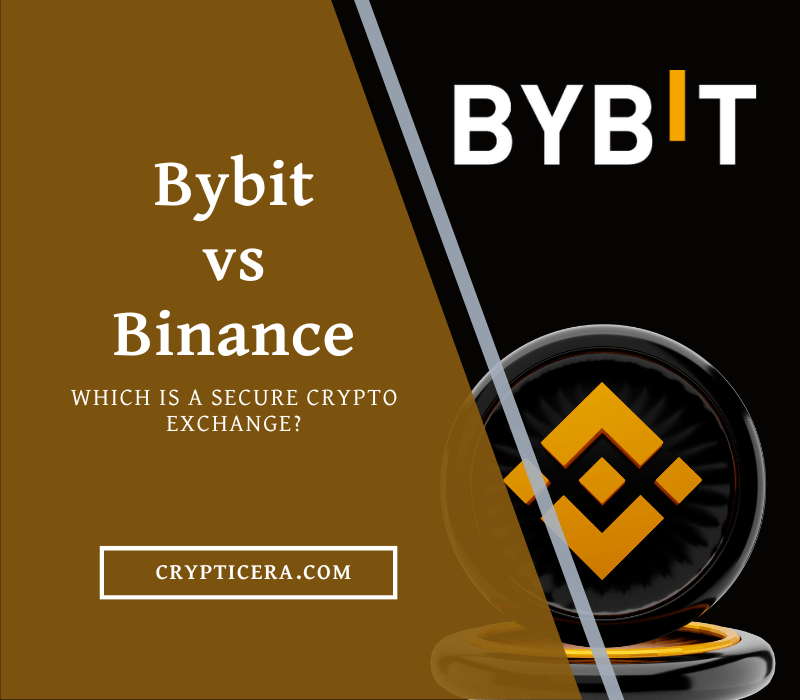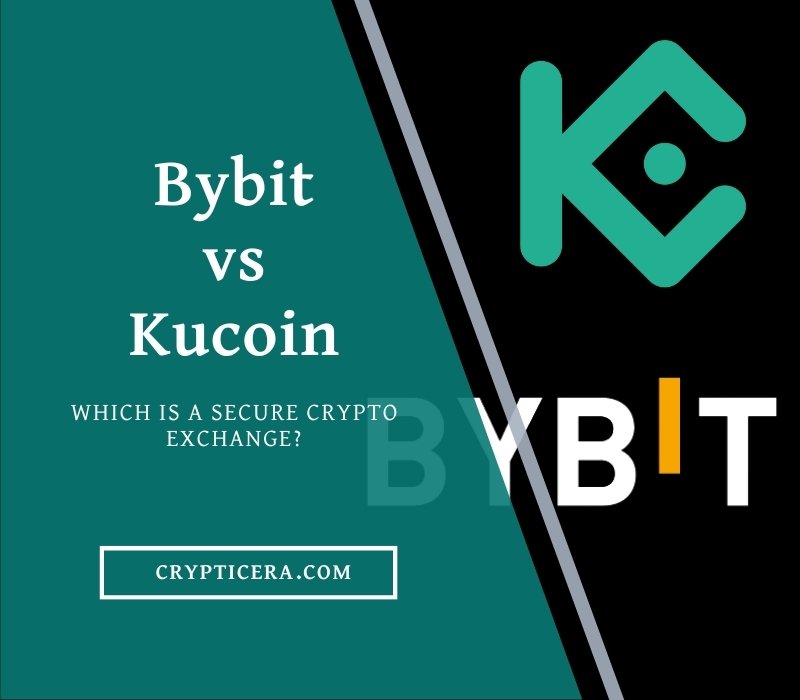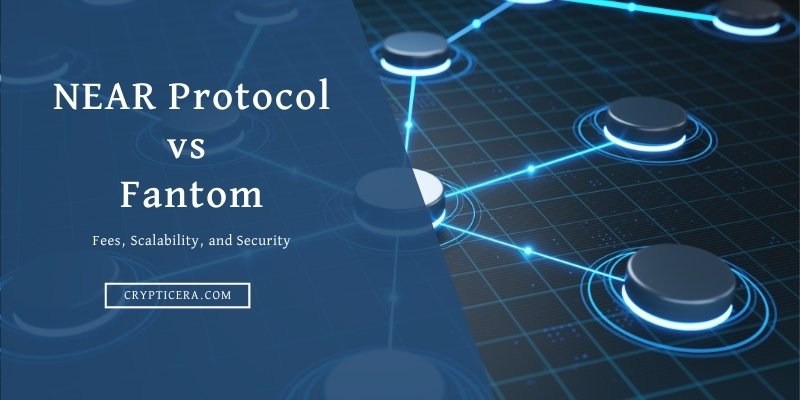Blockchain technology has taken the world by storm, and Ethereum has been at the forefront of this revolution for years.
However, with the growing demand for faster and more efficient transactions, new blockchain solutions are emerging to challenge Ethereum’s dominance. One such solution is Arbitrum, which promises to be faster, cheaper, and more scalable than Ethereum.
In this article, we will compare “Ethereum vs Arbitrum”, looking at their similarities, differences, and potential implications for the future of blockchain technology.
Key Comparison Points:
- Ethereum is a decentralized smart contract platform, while Arbitrum is a layer 2 scaling solution for Ethereum.
- Ethereum has a block time of around 15 seconds and can process around 15 transactions per second (TPS), while Arbitrum has a block time of around 1 second and can process around 40,000 TPS.
- Ethereum’s gas fees can be high due to network congestion, while Arbitrum’s gas fees are generally low due to offloading computation to Layer 2.
Ethereum vs Arbitrum: Key Differences
| Key Points | Ethereum | Arbitrum |
|---|---|---|
| Purpose | Decentralized smart contract platform | Layer 2 scaling solution for Ethereum |
| Launch Date | 2015 | 2021 |
| Consensus Mechanism | Proof-of-Stake (PoS) | Optimistic Rollups |
| Block Time | ~15 seconds | ~less than 1 seconds |
| Transaction Throughput | ~15 – 25 transactions per second (TPS) | ~40,000 TPS |
| Gas Fees | High, due to network congestion | Low, due to offloading computation to Layer 2 |
| Smart Contract Languages | Solidity, Vyper | Solidity, L2 Contracts |
| Interoperability | Supports ERC-20, ERC-721, and other tokens | Interoperable with Ethereum, supports most Ethereum-based tokens |
| Decentralization | Fully decentralized network | Arbitrum sequencer is semi-centralized, but this is expected to change in the future |
| Security | Solid track record with occasional hacks/exploits | Fraud-Proof Mechanism |
| Upgradeability | Hard forks required for major upgrades | Can be upgraded via smart contracts |
| Ecosystem | Large ecosystem | Growing ecosystem |
| Governance | Decentralized with token holders voting on proposals | Semi-centralized with sequencer responsible for creating blocks |
| Environmental Impact | Very Low due to PoS | Low energy consumption due to PoS |
| Future Plans | zk-EVM, zk-Rollups | ARB Token launch, increasing security and scalbility |
| Review | What is Ethereum | What is Arbitrum |
What is Ethereum (ETH)?

Ethereum is a blockchain platform for creating decentralized apps and smart contracts. It launched in 2015 and uses Ether as its cryptocurrency. However, as the number of users and transactions on the Ethereum network has grown, its scalability and high gas fees have become major pain points.
Ethereum uses Proof-of-Stake consensus mechansim to Validate transactions. It’s flexibility and programmability have made it a popular platform for creating decentralized applications and launching initial coin offerings (ICOs).
To address scalability issues, Ethereum has implemented various solutions, including sharding, layer-two solutions like state channels and rollups, and the Ethereum 2.0 upgrade.
What is Arbitrum (ARB)?

Arbitrum is a layer 2 scaling solution for Ethereum, developed by Offchain Labs. It aims to increase the transaction throughput of the Ethereum network while reducing gas fees and improving user experience.
It uses a technology called Optimistic Rollups, which allows it to batch transactions and execute them off-chain. This reduces the amount of data that needs to be processed on the Ethereum network, leading to faster and cheaper transactions.
Unlike some other layer 2 solutions, Arbitrum is fully compatible with the Ethereum Virtual Machine (EVM). This means that developers can use Solidity and other Ethereum-based tools to build their applications on top of Arbitrum.
Comparison between Ethereum and Arbitrum
1. Scalability or Transaction Speed
- Ethereum TPS: 15 – 25 Transaction per second
- Arbitrum TPS: 40,000 Transactions per second
One of the main challenges facing Ethereum is scalability. With the increasing number of users and transactions on the network, the transaction processing times have slowed down, and gas fees have skyrocketed.
Arbitrum aims to address these issues by using a layer 2 scaling solution that allows transactions to be processed off-chain and verified on-chain. This greatly reduces gas fees and increases transaction processing times, making it a more scalable and efficient solution than Ethereum.
2. Gas Fees
Gas fees are a major pain point for Ethereum users, as they can be unpredictable and high. These fees are used to incentivize miners and prioritize transactions, but they can also make using the network prohibitively expensive.
Now, by conducting transactions off-chain, the gas fees for on-chain transactions are much lower (because network congestion decreases, means demand decreases). As a result, users can conduct transactions on the Arbitrum network at a much lower cost than on Ethereum.
3. Smart Contracts
Smart contracts are one of the key features of Ethereum, and they enable developers to build decentralized applications that can run autonomously without the need for intermediaries. These contracts are executed on the Ethereum Virtual Machine (EVM), which is a runtime environment for smart contracts.
Arbitrum is fully compatible with Ethereum, meaning that developers can easily migrate their smart contracts from Ethereum to Arbitrum. The only difference is that smart contracts on Arbitrum are executed on the Arbitrum Virtual Machine (AVM), which is optimized for the Optimistic Rollup consensus mechanism.
4. Network Security
In Ethereum, smart contracts are deployed directly onto the mainnet, and any vulnerabilities or bugs can potentially lead to loss of funds or a breach in security. While there are various methods for auditing smart contracts before deployment, it can be challenging to catch all potential vulnerabilities.
In contrast, Arbitrum uses a technique called “Virtual Machine snapshots” to address smart contract vulnerabilities. Essentially, Arbitrum creates snapshots of the entire virtual machine state after each transaction, allowing for quick and easy recovery in case of a security breach. Additionally, the snapshot can also be used for forensic analysis to identify the root cause of the security issue.
5. Ecosystem and Community
Ethereum has a large and thriving ecosystem and community of developers, investors, and users. It has enabled the creation of numerous decentralized applications, such as decentralized exchanges, gaming platforms, and prediction markets.
Arbitrum is still a relatively new platform, but it has already attracted a growing community of developers and users.
6. Use Cases
Ethereum’s use cases are numerous and diverse, ranging from decentralized finance (DeFi) to non-fungible tokens (NFTs) to gaming. Its smart contract capabilities enable developers to build complex and innovative applications that are not possible on traditional centralized platforms.
Arbitrum’s use cases are similar to Ethereum’s, but it offers faster and more cost-efficient transactions.
7. Future Developments
Both Ethereum and Arbitrum are constantly evolving, and there are several developments on the horizon that could further improve their capabilities. Ethereum is currently exploring other scaling solutions, such as sharding, zk-EVM, and state channels.
Arbitrum is also working on improving its capabilities, such as adding support for more programming languages and improving its user interface. It is also exploring other layer 2 scaling solutions, such as Zero Knowledge proofs, zk-SNARKs and zk-STARKs.
Related: Best ZK-Rollup Projects
Ethereum vs Arbitrum: TVL and DApp Ecosystem

The TVL of Ethereum is being reported as $29.15 billion, indicating the total value of all assets currently locked in Ethereum-based DeFi protocols.
Top Ethereum TVL Coins are:
- Lido Fianance
- MakerDAO
- Aave
- Curve
- Convex Finance

The current Arbitrum TVL is $2.17 billion, has signicifxantly increases after the launch of ARB token. The GMX protocol has the highest dominance in terms of TVL, with 23.08% of the total value locked in this protocol.
Top Arbitrum TVL Protocols are:
- GMX
- Uniswap v3
- Sushiswap
- Camelot DEX
What is a Layer-2 Scaling Solution?
Layer-2 scaling solutions can greatly enhance the usability and scalability of a blockchain network, making it more suitable for applications that require high throughput, low latency, and low fees.
The primary purpose of a Layer-2 scaling solution is to alleviate the transaction congestion on the main blockchain network, which can lead to slow transaction processing times and high transaction fees.
They operate independently of the main blockchain network, but they still rely on the underlying blockchain protocol for security and settlement finality.
There are several types of Layer-2 scaling solutions, including state channels, sidechains, rollups, and plasma chains. Each of these solutions uses different mechanisms to process transactions off-chain, and then only settles the final state of those transactions on the main blockchain.
Popular Layer-2 Blockchains are:
- Polygon (Sidechains)
- Arbitrum (Optimistic Rollups)
- Optimism
- Immutable X
- Loopring (LRC)
- ZK-rollup Projects (still in development)
How does Optimistic Rollups Increase Ethereum Scalability?
Optimistic Rollups are a type of Layer-2 scaling solution that uses a combination of off-chain computation and on-chain verification to process transactions faster and at a lower cost than the main Ethereum network.
Here’s how Arbitrum works:
- Arbitrum creates a separate, off-chain network that is built on top of the Ethereum blockchain. This network is called the Arbitrum Rollup.
- When a user wants to make a transaction on the Ethereum network, they send the transaction to the Arbitrum Rollup. This transaction is processed off-chain and is not recorded on the Ethereum blockchain.
- The Arbitrum Rollup uses a technique called fraud proofs to ensure the validity of the transaction. If someone tries to submit a fraudulent transaction, other participants on the network can submit a proof of fraud to the Ethereum blockchain. This will trigger a dispute resolution process that will eventually lead to the invalidation of the fraudulent transaction.
- Once the transaction is validated, the result is submitted back to the Ethereum blockchain, where it is recorded as a single transaction. This transaction includes multiple transactions that were processed off-chain on the Arbitrum Rollup.
Conclusion
Ethereum and Arbitrum are both powerful blockchain platforms that enable developers to build decentralized applications and smart contracts. Ethereum has a large and established ecosystem and community, while Arbitrum offers faster and more cost-efficient transactions.
However, with the growing demand for faster and more efficient blockchain solutions, it is likely that we will see increased adoption of layer 2 scaling solutions such as Arbitrum in the near future.
FAQs
Does Arbitrum run on Ethereum?
Yes, Arbitrum is built on top of Ethereum as a layer 2 scaling solution. It uses Ethereum as its underlying security and consensus layer while processing transactions off-chain, resulting in faster and more cost-efficient transactions.
How to bridge Ethereum to Arbitrum?
To bridge Ethereum to Arbitrum, you need to first connect your Ethereum wallet to the Arbitrum network. This can be done using the Synapse Protocol, which allows you to transfer your assets from Ethereum to Arbitrum and vice versa. Once connected, you can use the same wallet address on both networks and seamlessly transfer assets between them.
Related:


